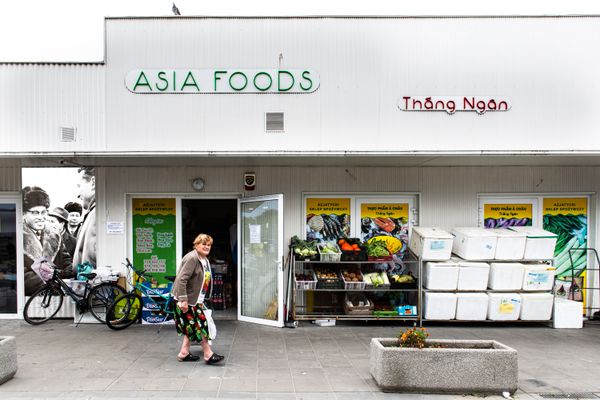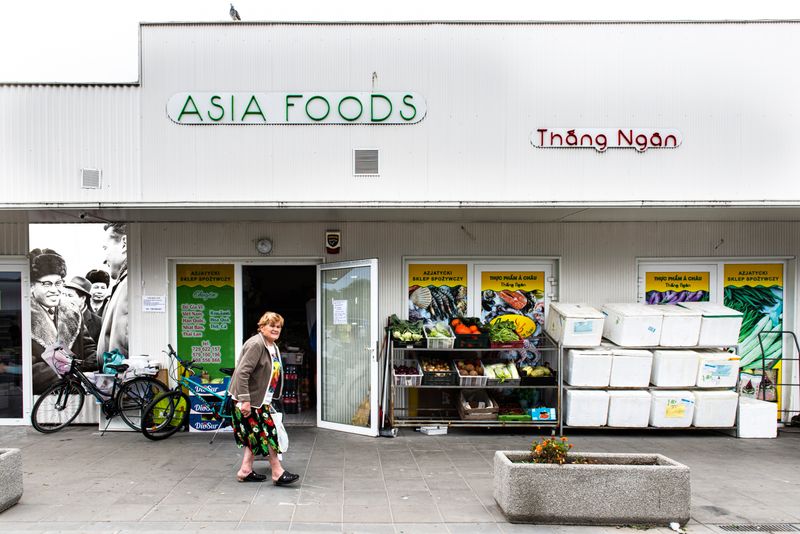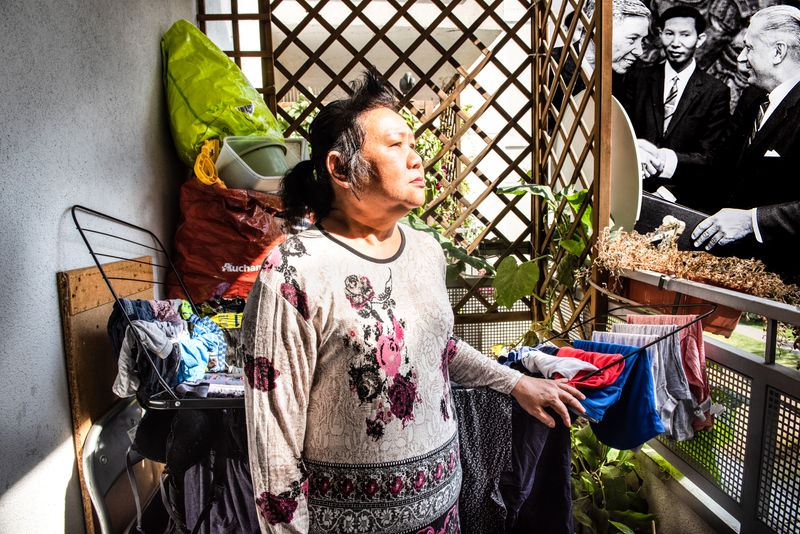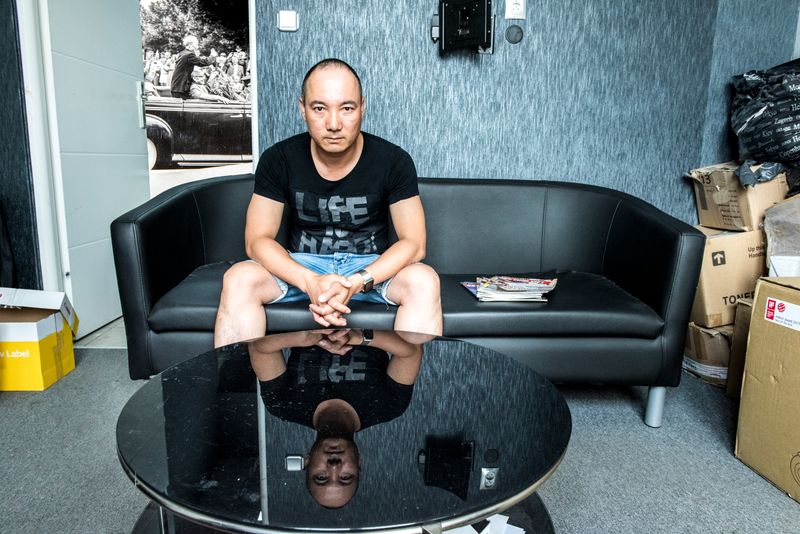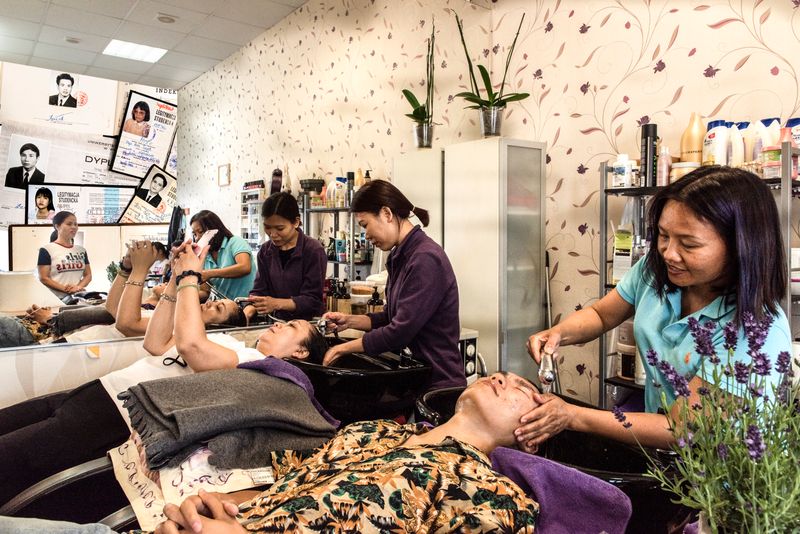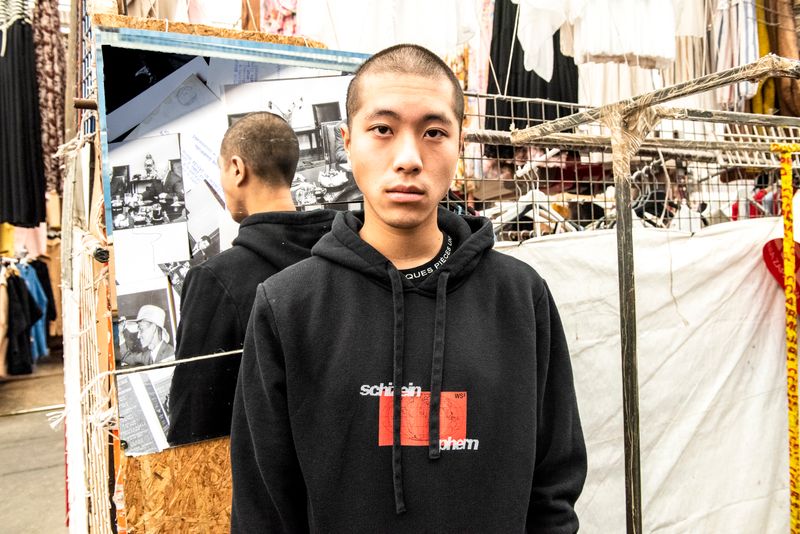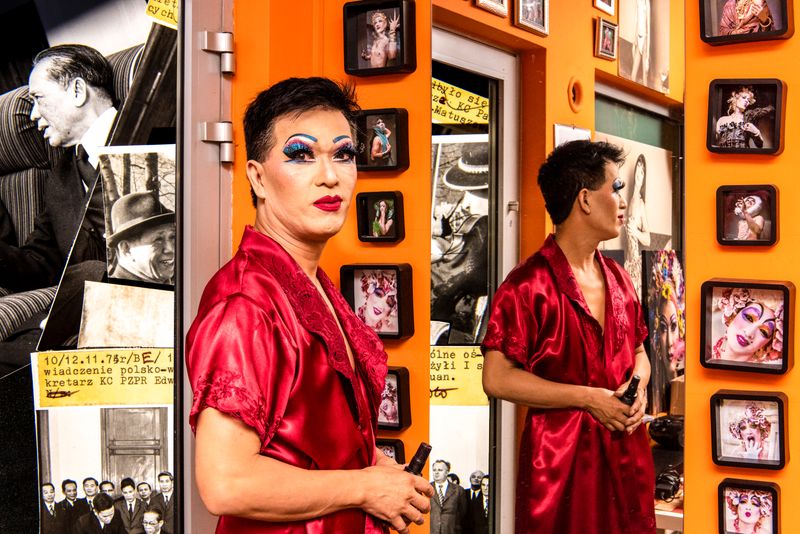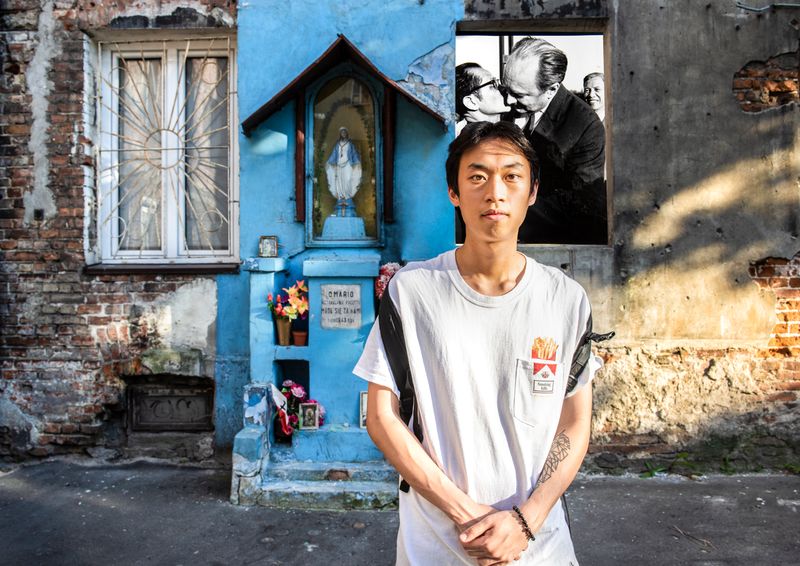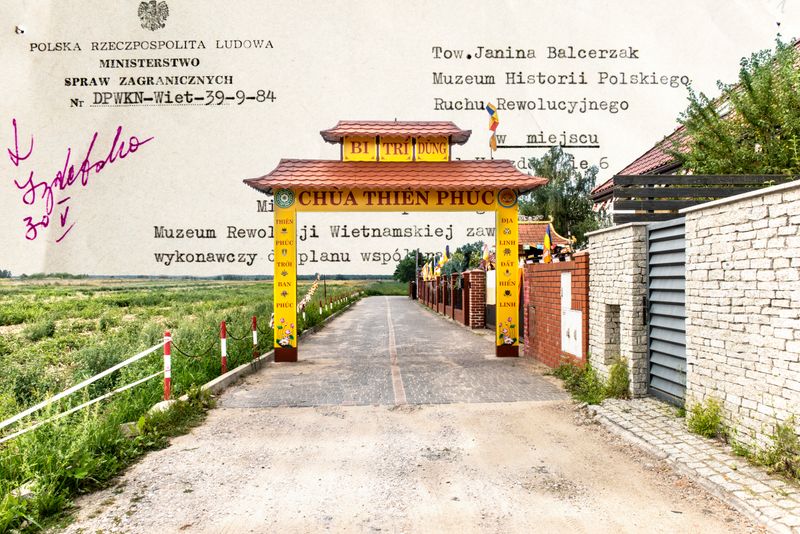Ba Lan: The Story of the Vietnamese Diaspora in Poland
-
Dates2019 - 2019
-
Author
- Location Poland, Poland
Ba Lan means “Poland” in Vietnamese and this project focuses on the story of the Vietnamese diaspora in Poland. Since 2015, Poland has been ruled by a conservative and anti-immigration political party. Poland is a largely mono-ethnic country and its migrant population is seldom depicted by the media or the arts. Instead, slogans such as “Today’s immigrants are tomorrow terrorists” have been increasingly seen in public spaces since 2015.
"Ba Lan" developed from a place of frustration with the way immigrants are perceived. As a Polish immigrant the UK, I worked closely with the Vietnamese community in Warsaw to better understand how this group of people reconciles their identity in a country which largely believes that nationality is rooted in ethnic origin.
In contrast with the Vietnamese diaspora in the US, who are often of refugee origin, the Vietnamese communities in Poland formed because of student exchanges. The Vietnamese community in Poland started to form in the 1950s and has experienced discrimination and racism, which has determined its social and economic mobility. The Vietnamese community is the biggest non-European migrant community living in Poland, with an estimated population of 50-80,000.
Poland’s Communist past and the relationship between Poland and Vietnam is central to the project. It is for this reason that I chose to incorporate archival imagery directly into the photographs that I had taken. As a result, the “preserved” state history is intertwined with personal stories. The juxtaposition of the colour portraits with mainly black and white images subverts the one-dimensional narrative, which is normally present in a still photograph, and hints at a larger, more complex approach towards the subject.
Duality is at the forefront of each photograph, and I explore the multiplicity of identities, imposed norms and expectations that are part of immigrant life in Poland. Each image I made was influenced by conversation, and each location of the portrait was chosen by the person I photographed. I made strong use of mirrors, reflections, geometric lines and jarring images to aesthetically bare the feeling of conflicting identities and belonging of the Vietnamese-Polish community. I collaborated with the Vietnamese community in Warsaw and the text that accompanies the portraits was edited by the participants themselves.

